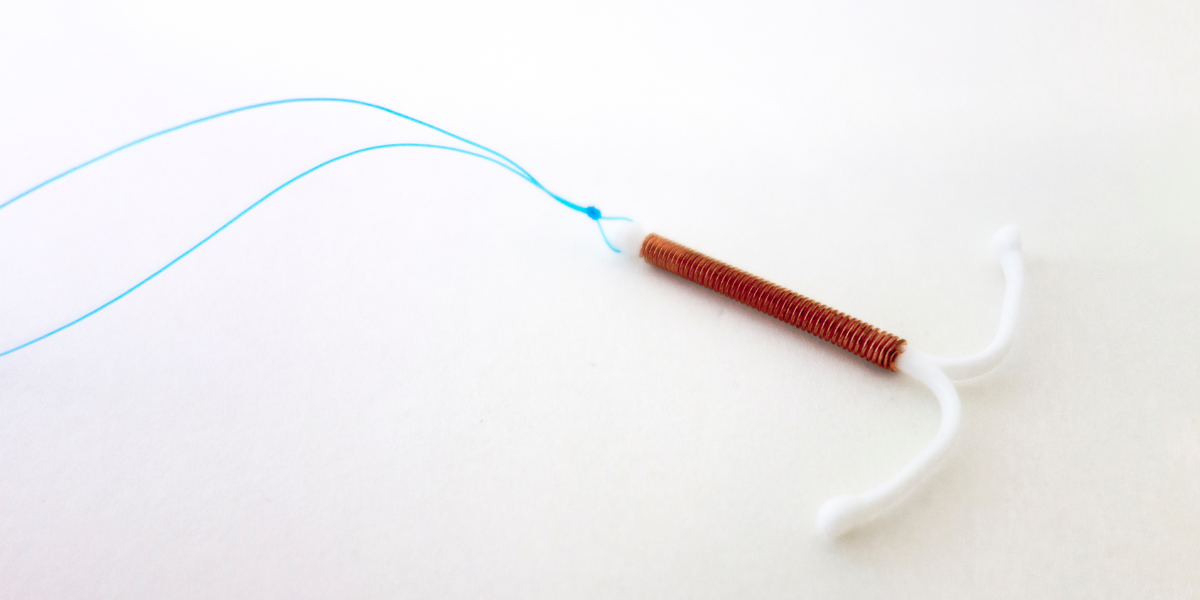The Nova-sure procedure is a highly effective treatment for patients with heavy menstrual cycles. This procedure is to be used only for patients who do not wish to conceive and who have permanent sterilization, either by tubal ligation/blockage or by vasectomy for their partner. This is because the Nova-Sure is NOT a contraceptive method, (i.e. you may be able to become pregnant), and a pregnancy resulting after the Nova-sure treatment may improperly implant in the treated uterine cavity.
Prior to for the Nova-Sure, your physician may do an ultrasound and uterine biopsy to ensure that the procedure is appropriate for you. The ultrasound may reveal abnormalities that would ultimately preclude an ablative procedure. Likewise, the uterine biopsy, (which evaluates the uterine cavity from a tissue sample), may reveal abnormalities of the uterine lining that also would make ablation unsuitable. Your doctor can best advise you as to these procedures.
The Nova-Sure procedure may be performed in a physician’s office with the assistance of a light sedation. However, some patients will be better served with the procedure in an operating room. Your physician will consider your particular medical concerns and advise appropriately.
After obtaining adequate sedation, your cervix is gently dilated to accommodate a hysteroscope, or camera, placed into the uterine cavity to look for any pathology and to ensure correct placement. After this, the scope is withdrawn and the Nova-Sure, which looks like a long pencil, is placed into the cavity, and opened like a fan. The Nova-Sure device then sends out a small amount of carbon dioxide into the uterus that is then measured. This is done to ensure that no perforation of the uterine cavity has occurred. Once this confirmation is obtained, radio-frequency wave is used to burn the uterine lining. Typically this “burn” lasts for approximately 60 to 90 seconds. The Nova-sure is then withdrawn, the patient is awakened and transferred to recovery. Most of our patients leave within 2 hours of arrival.
This procedure is fairly common and has been utilized quite frequently. It provides significant reduction in bleeding for a majority of patients and up to 75% of patients may not have any further bleeding.
Of note, ablation procedures are intended to affect only the uterine cavity proper. However, there can be extension to the cervix, (the opening to the uterus), causing scarring. Ultimately this is not a problem itself, however, if in the future a patient may ever need to have a sampling or uterine biopsy of the uterine cavity, it may be difficult to enter the cervix. This is




